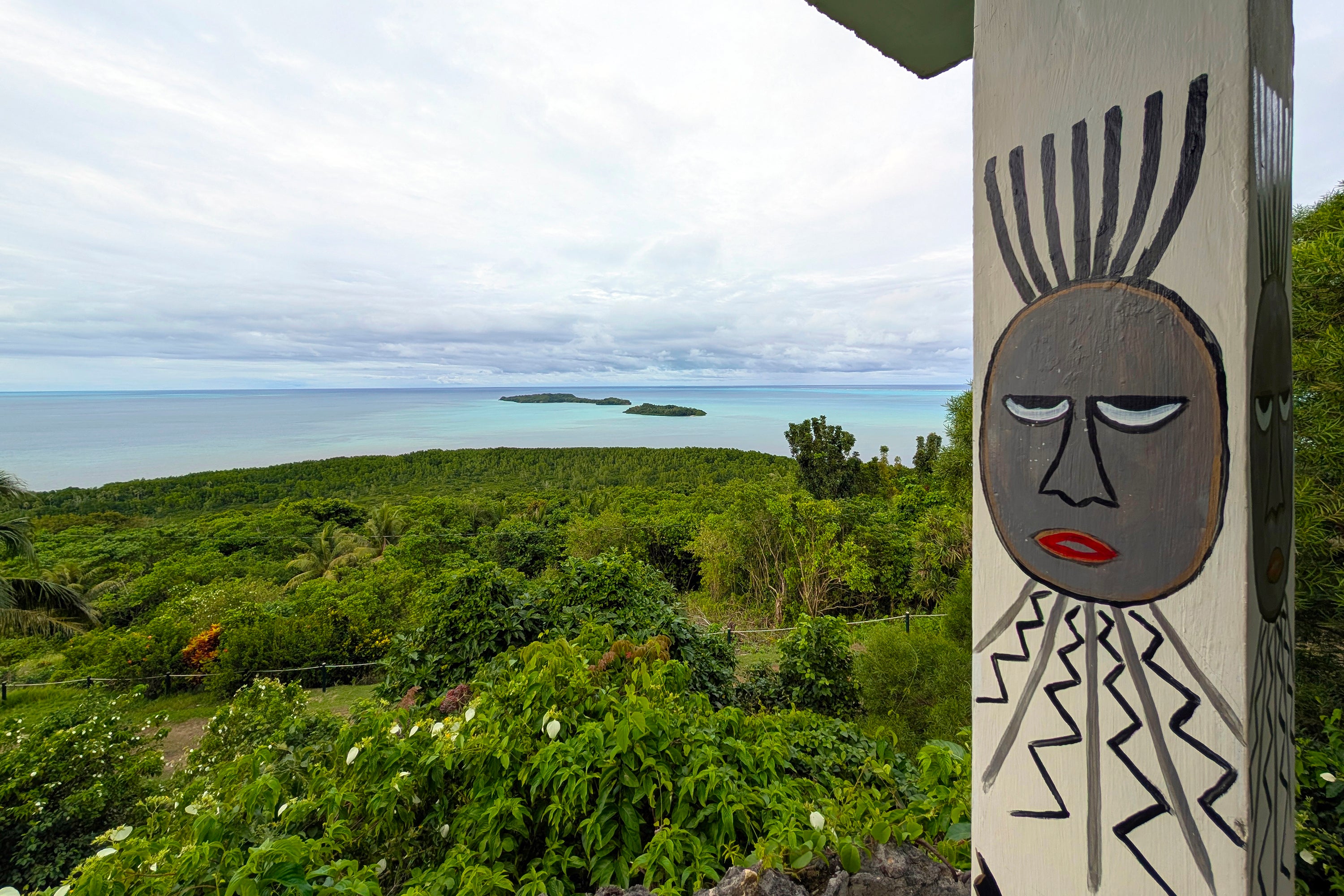While researching a trip to Palau, a tiny island nation dotting Micronesia’s western edge, I found endless information about its famed mushroom-shaped Rock Islands and spectacular diving sites, including over 50 World War II wrecks.
But what I discovered upon arrival was a destination eager to highlight something else: its rich culture on solid land.
The remote archipelago’s efforts to encourage activities like village tours and traditional handicraft workshops appear to be helping tourism rebound from pandemic-era lows. Visitor numbers have surged from about 5,000 in 2021 to more than 50,000 in 2024, according to the country’s visitors authority. Chinese travellers lead the recovery despite recent diplomatic tensions.
“We’ve been known for our crystal clear water, but there’s more to see,” says Sean Tekriu, who welcomes visitors to Palau’s Badrulchau Stone Monoliths, one of the many land-based attractions touted by tourism officials. “We want to showcase our culture, our heritage and our lifestyle.”

Read more: The surprise city break holiday perfect for foodies
Palau, a cluster of more than 300 islands, can be reached directly from several locations, including Brisbane, Australia; Guam; Hong Kong; Macao; the Philippines and Taiwan. It’s best known for its underwater landscapes, with 1,500 fish species and 400 hard corals.
Palauans are passionate about protecting these natural treasures and have designated 80 per cent of their waters as a protected sanctuary — one of the highest proportions of any country. Upon entry, we were required to sign the “Palau Pledge” in our passports, promising to safeguard the environment for future generations.
Many visitors come to dive the historic wreckage — remains of the Japanese naval stronghold in the Pacific. One of the most notable relics is Iro Maru, a massive, 470-foot supply ship that rests upright with schools of lionfish and clownfish darting through its corridors.
Jellyfish Lake, once Palau’s most Instagrammable attraction, where snorkelers snapped selfies with throngs of harmless jellyfish, now lies nearly empty due to rising ocean temperatures. However, snorkelers like myself can still experience Palau’s marine…
Click Here to Read the Full Original Article at The Independent Travel…
